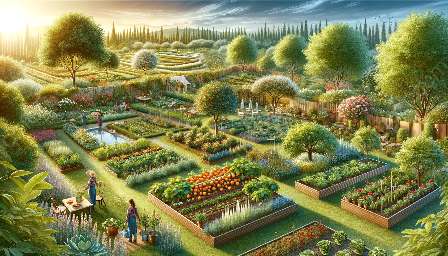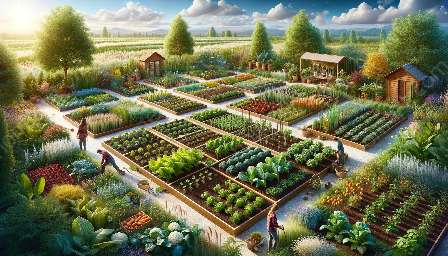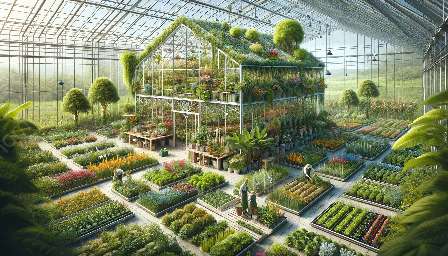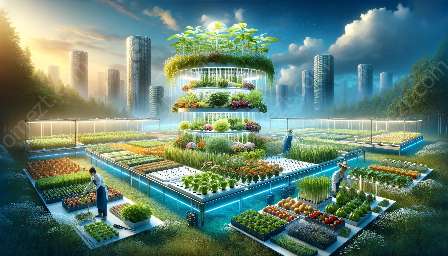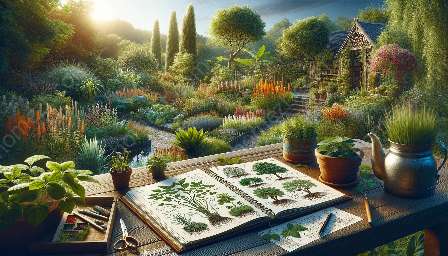Plant propagation is a fundamental aspect of gardening and landscaping that offers a plethora of benefits, ranging from saving costs to enhancing the beauty of a landscape. This cluster provides a comprehensive guide to understanding plant propagation, exploring its compatibility with companion planting and offering insights into incorporating propagation techniques into your gardening and landscaping endeavors.
Understanding Plant Propagation
Plant propagation refers to the process of creating new plants from existing ones. This can be done through various methods such as seed propagation, cutting, division, layering, and grafting. Each method offers unique advantages and is suitable for specific plant types, making it essential to understand the different propagation techniques.
Benefits of Plant Propagation
Cost-Efficiency: Propagating plants from existing ones can significantly reduce the costs associated with purchasing new plants. This is particularly beneficial for large-scale landscaping projects and home gardens alike.
Biodiversity: By propagating plants, individuals can contribute to preserving and promoting biodiversity by cultivating various plant species.
Enhanced Landscape: Propagated plants can be used to create a cohesive and visually appealing landscape, offering an array of colors, textures, and forms.
Compatibility with Companion Planting
Companion planting involves strategically planting different species next to each other to maximize growth, repel pests, and enhance flavor. Plant propagation is compatible with companion planting as it allows individuals to propagate specific plants that are known to have beneficial effects on neighboring species. For example, propagating marigolds can help repel pests and attract beneficial insects, supporting the growth of neighboring plants.
Incorporating Propagation into Gardening and Landscaping
Gardening:
Propagation can be seamlessly integrated into gardening activities by propagating favorite flowers, herbs, or vegetables. This not only allows gardeners to expand their garden at a lower cost but also gives them a sense of accomplishment as they witness the growth and development of the propagated plants.
Landscaping:
For professional landscapers and gardening enthusiasts, plant propagation can be an invaluable skill for creating diverse and visually stunning landscapes. Propagated plants can be used to fill in bare spots, enhance existing plantings, or create cohesive themes throughout the landscape design.
Tips for Successful Plant Propagation
- Research the specific propagation techniques suitable for the plants you wish to propagate.
- Ensure proper care and attention to the propagated plants, providing the necessary nutrients and environmental conditions.
- Monitor the progress of the propagated plants closely, adjusting care as needed.
- Experiment with different propagation methods to find the most effective approach for each plant species.
Conclusion
Plant propagation is both an art and a science, offering numerous benefits for gardening and landscaping enthusiasts. By understanding the different propagation methods, exploring compatibility with companion planting, and incorporating propagation into gardening and landscaping practices, individuals can harness the power of propagation to create beautiful, sustainable, and diverse outdoor spaces.








